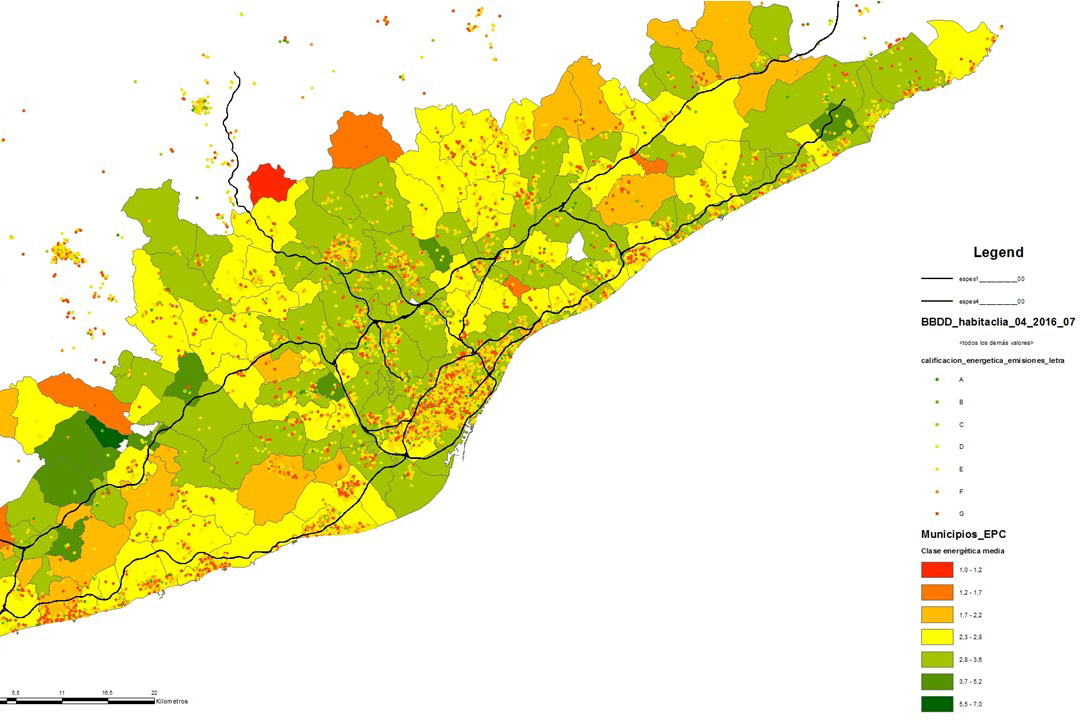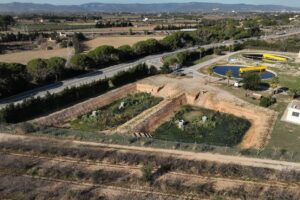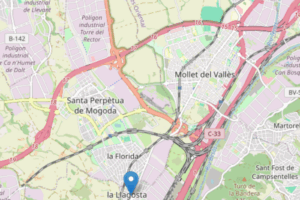
Improvement in systems for observing and observing and monitoring the ocean: WAVY Drifters devices
December 31, 2019
Analysis of the level of understanding of energy performance certificate classes, perceived confidence and impact on preferences and residential value
December 31, 2019The Heat and Mass Transfer Technological Center (CTTC UPC) has coordinated MALET. This is a European project to develop and implement simulation tools in the Modelica environment for energy optimization in aircraft environmental control systems (ECS), in terms of performance and control.

However, these tools have a broader meaning when we consider the research activities of the European aeronautical industry, particularly in the area of the European project Clean Sky. Among other lines of research, this programme has the task of aircraft electrification to the greatest extent possible, according to the concept of “more electric aircraft”. This action has a ground-breaking impact on the design of air conditioning systems, as the main source of energy shifts from pneumatic (jet engine compressors) to electric.
The simulation platforms developed in MALET are a key tool for simulating and optimising these new designs, as they combine the study of thermofluid subsystems (air, refrigerant and liquid cycles) with electrical subsystems (motors, inverters and converters).
As an action to increase the efficiency of the new system, there has been a strong focus on the integration of a cooling vapour compression system (VCS) into the standard air cycle cooling that is generally used on planes. The new VCS is particularly complex, as it incorporates phase change processes, which are extremely non-linear and therefore more difficult to resolve using the calculation methods integrated in Modelica.
To optimise the entire system, and possibly integrate the entire plane, stationary and transitory simulation is required with extremely small calculation times. This aspect has been a determining factor in the project, which was focused on developing new models that combine physical representativity with great speed.
CTTC UPC has led and developed all aspects relating to the thermal part of the project and has coordinated with the University of Nottingham for the electrical aspects.
Related Projects
- The company Trace ID and the group Twin Investors, in collaboration with the Textile Technology research group (TECTEX), which is part of the Institute of Textile Research and Industrial Cooperation of Terrassa (INTEXTER) at the Universitat Politècnica de Catalunya - BarcelonaTech (UPC), are developing electronic devices to identify, monitor, and study the traceability of the products in which they are embedded.
- The Hydrogeology Group (GHS) at the Universitat Politècnica de Catalunya - BarcelonaTech (UPC) is participating in the LIFE REMAR project to develop an innovative and sustainable solution for the reuse of treated wastewater through infiltration, with the aim of increasing the availability of freshwater resources and improving the state of ecosystems.
- A team from the Environment Centre Laboratory (LCMA) of the Universitat Politècnica de Catalunya - BarcelonaTech (UPC) is taking part in a study commissioned by the city councils of la Llagosta, Mollet and Santa Perpètua (in Vallès Occidental), with the main objective of identifying the impact of industrial plants on the generation of unpleasant odours and continuously monitoring air quality in these municipalities.
- A multidisciplinary team of researchers from the Research Group in Smart and Sustainable Resources and Industries (RIIS), the Sustainable Mining Research Group (GREMS), and the Construction Materials and Roads (MATCAR) group at the Universitat Politècnica de Catalunya – BarcelonaTech (UPC) is leading the VALORFIN project. The aim is to develop a technological solution for the valorisation of the fine fraction of construction and demolition waste (CDW), transforming it into new low-CO₂-emission cementitious materials, while also reducing the presence of hazardous materials in this waste.




